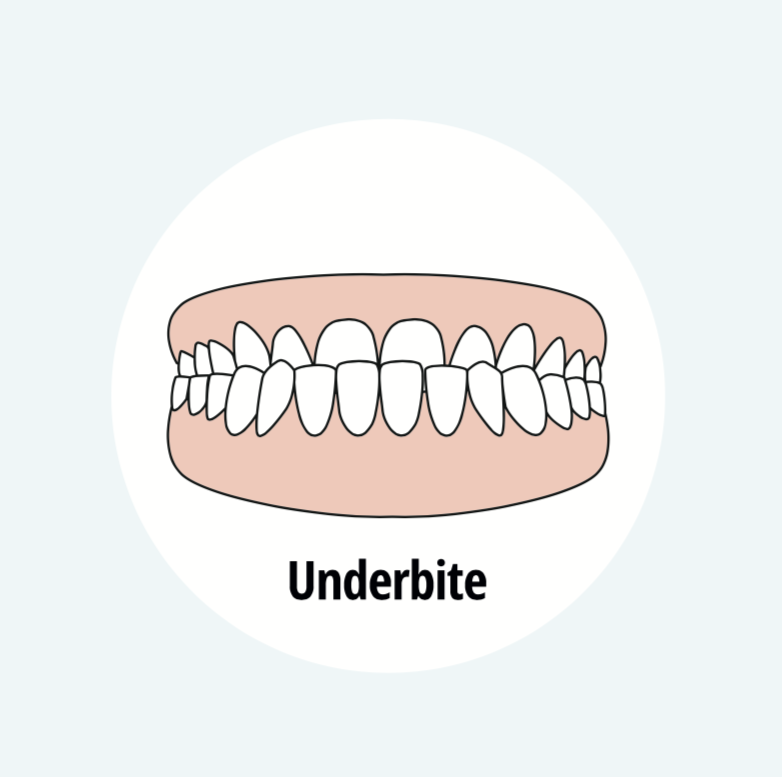Understanding Underbite: Causes, Effects, and Treatment

An underbite is a dental condition that occurs when the lower jaw protrudes forward, causing the lower front teeth to overlap the upper front teeth. This blog post delves into the intricacies of underbites, exploring their causes, potential effects, and the range of treatment options available.
Defining Underbite
An underbite, also known as prognathism, disrupts the natural alignment of the upper and lower teeth. Unlike a normal bite, where the upper front teeth slightly overlap the lower front teeth, an underbite results in the lower teeth protruding beyond the upper teeth when the jaw is closed.
Causes of Underbite
Underbites can be attributed to various factors, including genetic predispositions. In some cases, jaw and tooth development contribute to the condition, while childhood habits like thumb sucking or prolonged pacifier use may exacerbate the problem.
Effects of Underbite
Beyond the cosmetic concerns associated with an underbite, this condition can lead to several issues. These may include difficulties with chewing and biting, increased risk of dental wear and tear, speech impediments, and potential jaw pain or temporomandibular joint (TMJ) disorders.
Diagnosing Underbite
Orthodontic professionals use various diagnostic tools, including X-rays and bite assessments, to determine the severity and cause of an underbite. Early detection is crucial for effective intervention, especially in children.
Treatment Options for Underbite
The treatment of underbites depends on factors such as age, severity, and the underlying cause. In children, orthodontic appliances like braces, headgear, or palate expanders may be recommended to guide jaw development. For adults, orthodontic treatment options include braces, clear aligners, and, in more severe cases, surgical interventions such as jaw surgery (orthognathic surgery) may be considered.
Preventing and Managing Underbite
While some causes of underbite are beyond control, adopting good oral habits, seeking early orthodontic evaluations, and addressing thumb-sucking habits in children can contribute to preventive measures. Regular dental check-ups also aid in identifying potential issues early on.
Understanding the causes, effects, and treatment options for underbites is essential for maintaining optimal oral health and overall well-being. Early intervention and collaboration with orthodontic professionals can pave the way for effective solutions, ensuring a confident smile and comfortable bite for individuals dealing with underbites.